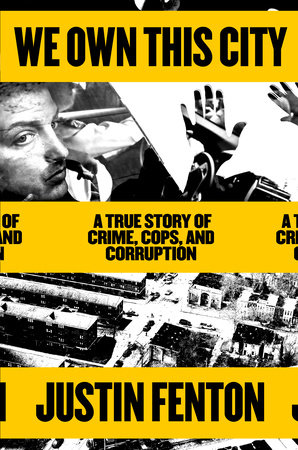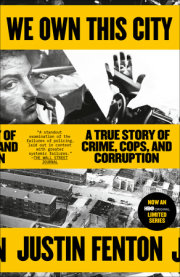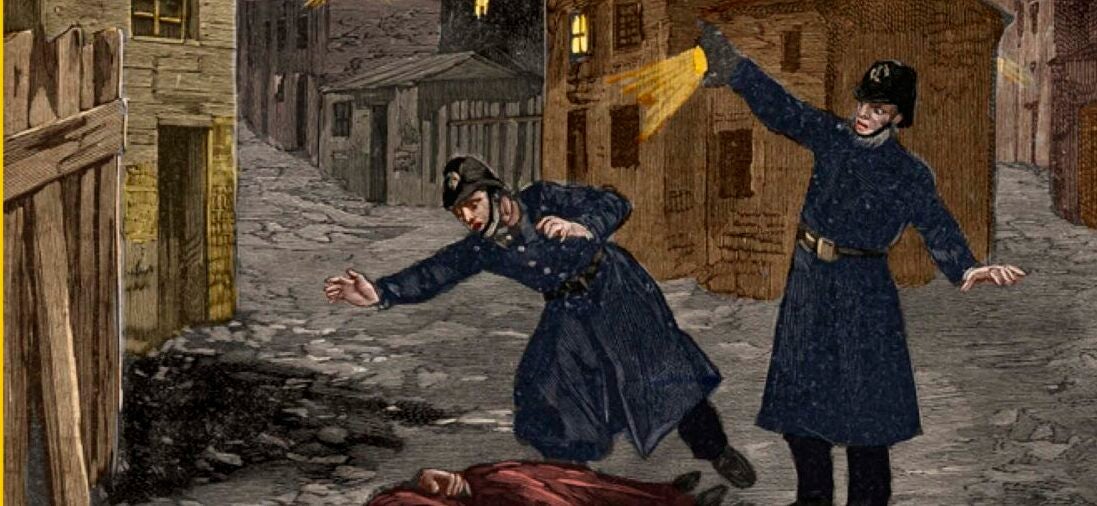Chapter OneKnockersThe letter arrived in the chambers of a federal judge in Baltimore in the summer of 2017. It had been sent from the McDowell Federal Correctional Institution, which was nestled in the middle of nowhere, West Virginia, more than six hours from Baltimore. On the front of the envelope, the inmate had written: “Special mail.”
Umar Burley had written his letter on lined notebook paper, in neat, bouncy print, using tildes to top his T’s. Burley, inmate number 43787-037, was reaching out to the judge for a second time, begging for a court-appointed lawyer. His attorney had retired, and attempts to reach another had gone unanswered.
“Could you imagine how hard it is to be here for a crime I didn’t commit and struggling to find clarity and justice on my own?” Burley wrote.
Months earlier, Burley had been in the recreation hall of a federal prison in Oklahoma, awaiting transportation to McDowell, when someone called to him: “Little Baltimore! Little Baltimore! Did you see that?” News from home flashed across the television screen: A group of eight Baltimore police officers had been charged with stealing from citizens and lying about their cases. The officers had carried out their alleged crimes undeterred by the fact that the police department was at the time under a broad civil rights investigation following the death of a young Black man from injuries sustained while in police custody. The revelations were breathtaking, though not entirely unbelievable: For years, accusations of misconduct—from illegal strip searches to broken bones—had been leveled against city police. But many claims lacked hard proof and came from people with long rap sheets and every incentive to level a false accusation. Such toss-ups tended to go in favor of the cops. With the deck so stacked against them, most victims didn’t even bother to speak up. Often, they did have drugs or guns, and the fact that the cops lied about the details of the encounter or took some of the seized money for themselves, well, in Baltimore, it was a dirty game in which the ends justified the means.
But now a wiretap case back home was shining a light on the culture of the force, and the federal prosecutors who brought the charges were looking for more victims. And Umar Burley had a story to tell.
Burley’s story begins on the morning of April 28, 2010. Members of a plainclothes police squad had been summoned for an ad hoc roll call on the street. Their sergeant, running a little late, told them to stay put. But Detective Wayne Jenkins felt the itch. He told the others that the area around Belle Avenue, in Northwest Baltimore, was “hot” with reports of criminal activity.
“Let’s go,” Jenkins said.
You can tell some police officers to stand under a pole for ten hours. Check nine hours later, they’ll still be there. Send them to Greenmount Avenue and order them to walk up and down the boulevard, and they’ll pace until the soles of their shoes begin to wear thin. But others need to get into something. They want to sit in vacant houses peering through binoculars or chase suspects through alleys; they work ungodly amounts of overtime. These are the “10 percent” whom commanders in the Baltimore Police Department (BPD) rely on to get the job done.
These are also the officers most likely to make up the plainclothes units known around town as “knockers” or “jumpout boys,” a reference to their aggressive tactics. Officers in plainclothes units often operate in the shadows of a police department. Their work is not to be confused with undercover operations, in which police officers assume a different identity and worm their way into a criminal organization. Plainclothes officers, as the description suggests, work in street clothes rather than uniforms. They drive unmarked vehicles. They are not typically tethered to specific posts or obligated to respond to 911 calls. Instead, they go out looking for illegal activity—people selling drugs or displaying bulges under clothing that could be guns—and they operate with a great deal of independence. They can let a suspect go if they think the suspect can lead them to bigger fish. Across the country, these plainclothes squads have often been where scandals are born, but police department leaders over the years have deemed them critical to the crime fight—they are the “Vikings” who go out into the field and return with a “bounty,” as one Baltimore chief would later put it.
Jenkins seemed perpetually in motion, and his gung-ho attitude quickly won the white former marine early entry into the BPD’s most elite units. By 2010, less than seven years into his time on the force, Jenkins had worked his way into a new “violent repeat offender” squad, a handpicked group of officers whose charge was to go after Baltimore’s worst offenders. They would often be given names of elusive suspected criminals and allowed only thirty days to build their best case.
They headed to Grove Park, a leafy neighborhood on the city/county border featuring single-family homes and a constellation of apartment buildings connected by paths and lined with cherry trees. As Baltimore neighborhoods go, it was decidedly different from the dense, abandoned row home neighborhoods closer to the city core, but it was not without crime. From their unmarked cars, the officers would later write in court paperwork, they spotted Umar Burley sitting in his Acura in the 3800 block of Parkview Avenue when another man walked up carrying what appeared to be cash and climbed in. “At this time, due to my training and expertise, I believed a narcotic transaction was possibly taking place,” Jenkins would write.
Jenkins was riding with Detective Ryan Guinn, a half-Irish, half-Vietnamese cop whose appearance nevertheless prompted people in the neighborhoods where he worked to call him “Puerto Rican Yo.” Guinn reached for his radio.
“Hey Sean,” he said in a low calm voice, addressing Sean Suiter, another member of the squad riding in a separate car. “We’ll try to stop this Accord.”
“I got you. I’m with you,” said Suiter.
The officers moved in for an arrest, with Jenkins and Guinn pulling in front of Burley’s car, and Suiter taking up the rear. Their emergency lights were activated, Jenkins wrote in the charging papers, and their badges were “clearly displayed.” He said the officers saw movement in the vehicle and ordered the men to show their hands. Guinn jumped out of the car and drew his gun, ordering Burley not to move. Burley maneuvered his car around the police vehicles and raced out of view.
“Hey, we got one running,” Guinn radioed to the other officers, Jenkins’s voice audible in the background. “By Seton Park Apartments. Black Acura.”
He called out the license plate: “One-Frank-Young-King-Zero-Eight.”
The chase lasted less than a minute. Burley made it less than a mile down the road when the officers heard a loud crash. It sounded like a bomb going off, and when they arrived at the intersection of Belle and Gwynn Oak avenues, they saw water gushing out of a fire hydrant that had been struck. The front bumper had come away from the car; the hood was mangled. The officers wondered how badly the men inside were hurt, when suddenly they bolted out. Guinn gave chase after the passenger, Brent Matthews, while Jenkins and Suiter took on Burley.
An onlooker called 911, relaying a scene that did not appear to involve police officers.
“A car crash. Belle and Gwynn Oak. A guy—they’re running, trying to shoot each other!”
“You said they’re trying to shoot each other?” the 911 operator asked.
“Yes—the car’s into a fire hydrant, they jumped out, they started running, one with a gun.”
Burley was caught by Suiter about fifty feet from the crash site. “Why did you pull off?” Suiter asked, according to Burley. “Why didn’t you just see what we wanted?”
“All you had to do was put on your lights,” Burley responded.
Guinn caught the passenger, and a struggle ensued. He was able to overpower the man and walked him back to the scene in cuffs.
“The shit’s in the car,” Jenkins told Guinn.
Along with a patrol officer, Suiter searched Burley’s vehicle and picked up a baggie on the floor containing thirty-two grams of heroin.
Copyright © 2021 by Justin Fenton. All rights reserved. No part of this excerpt may be reproduced or reprinted without permission in writing from the publisher.






